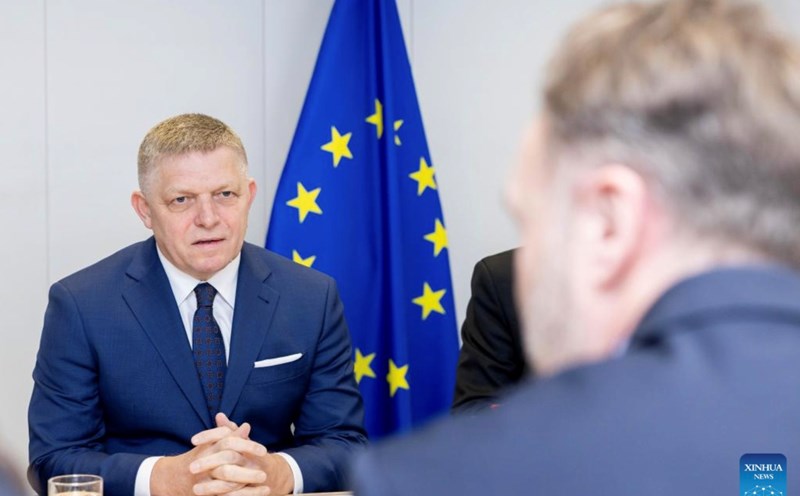The European Commission has announced a roadmap for the amendment to completely end dependence on Russian energy by the end of 2027. However, some regions in Europe are going in the wrong direction.
In fact, Russian liquefied natural gas (LNG) sales in the continent are rising, and gas supplies via the TurkStream pipeline are not only uninterrupted but also increasing.
The TurkStream pipeline in the Black Sea, which connects Russia - Turkey and continues to Southeast Europe, is currently the only remaining pipeline carrying Russian gas to the EU. In the first quarter of 2025, TurkStream's gas through Europe increased by 16% compared to the same period last year, reaching about 4.5 billion m3, mainly due to increased demand in Hungary and Slovakia.
Since its operation, TurkStream has transported more than 63 billion cubic meters of Russian gas to the EU, bringing Gazprom more than 20 billion euros ($22.72 billion), supplying gas to countries such as Greece, Bulgaria, Serbia, Romania, Moldova, Hungary and Slovakia.
In 2025, Hungary will emerge as a leading importer, with the expected increase in Russian gas imports to about 8 billion m3, compared to 6 billion m3 in 2023. Slovakia - which previously received Russian gas via Ukraine - has begun importing via TurkStream, asking Hungary to expand its cross-border gas transmission capacity from 2.6 billion to 3.5 billion cubic meters per year. Slovakia's state gas supplier SPP confirmed in March 2025 that it would extend its contract with Gazprom until 2034.
This gas volume is driven by Gazprom's deep price cuts. According to EU customs data, Russian gas sold via TurkStream in 2024 will be 13-15% cheaper than alternative gas.
Reuters pointed out that if the EU is truly serious about cutting off from Russian energy, the TurkStream issue needs to be addressed. The bloc also needs to rethink energy security to avoid dependence on any superpower.











